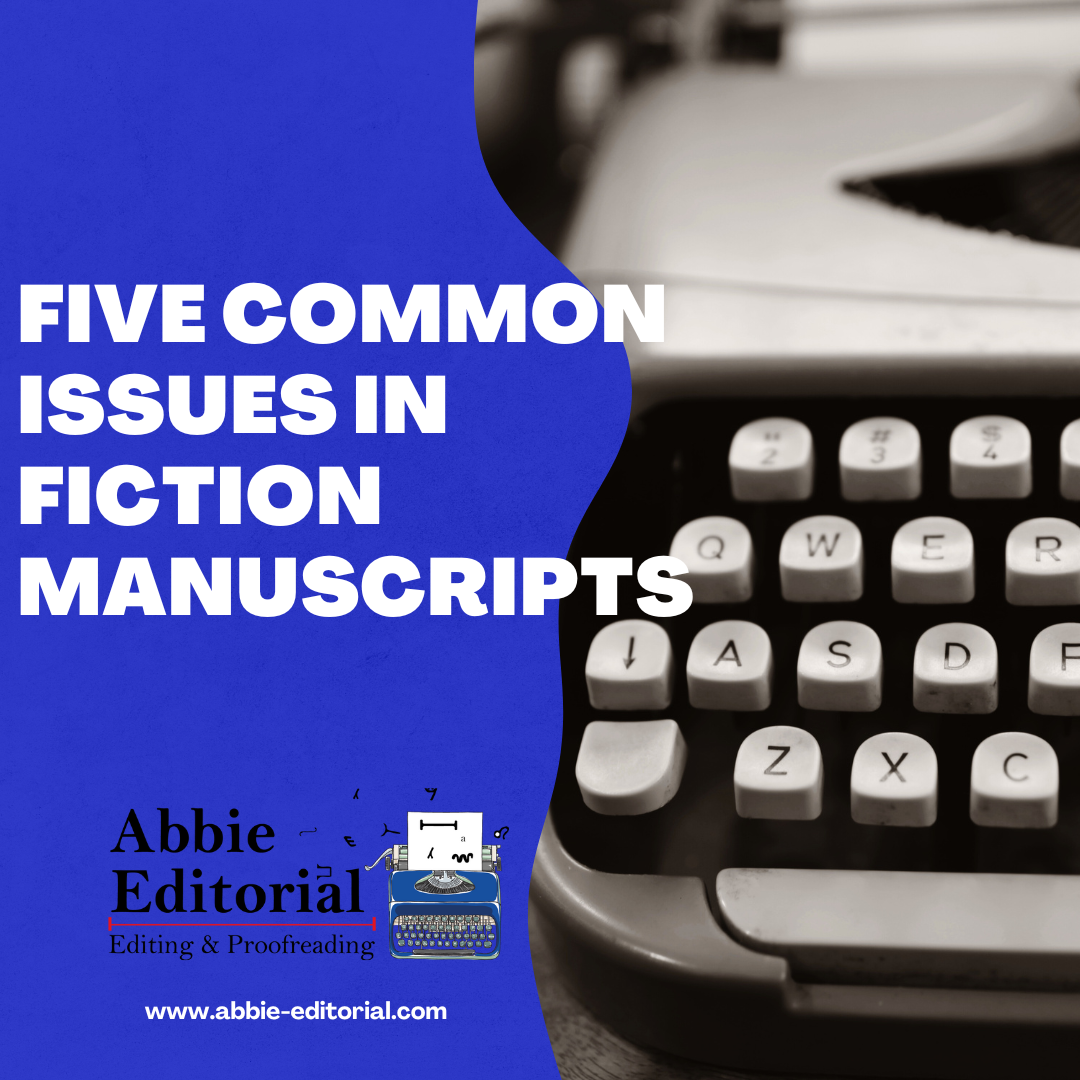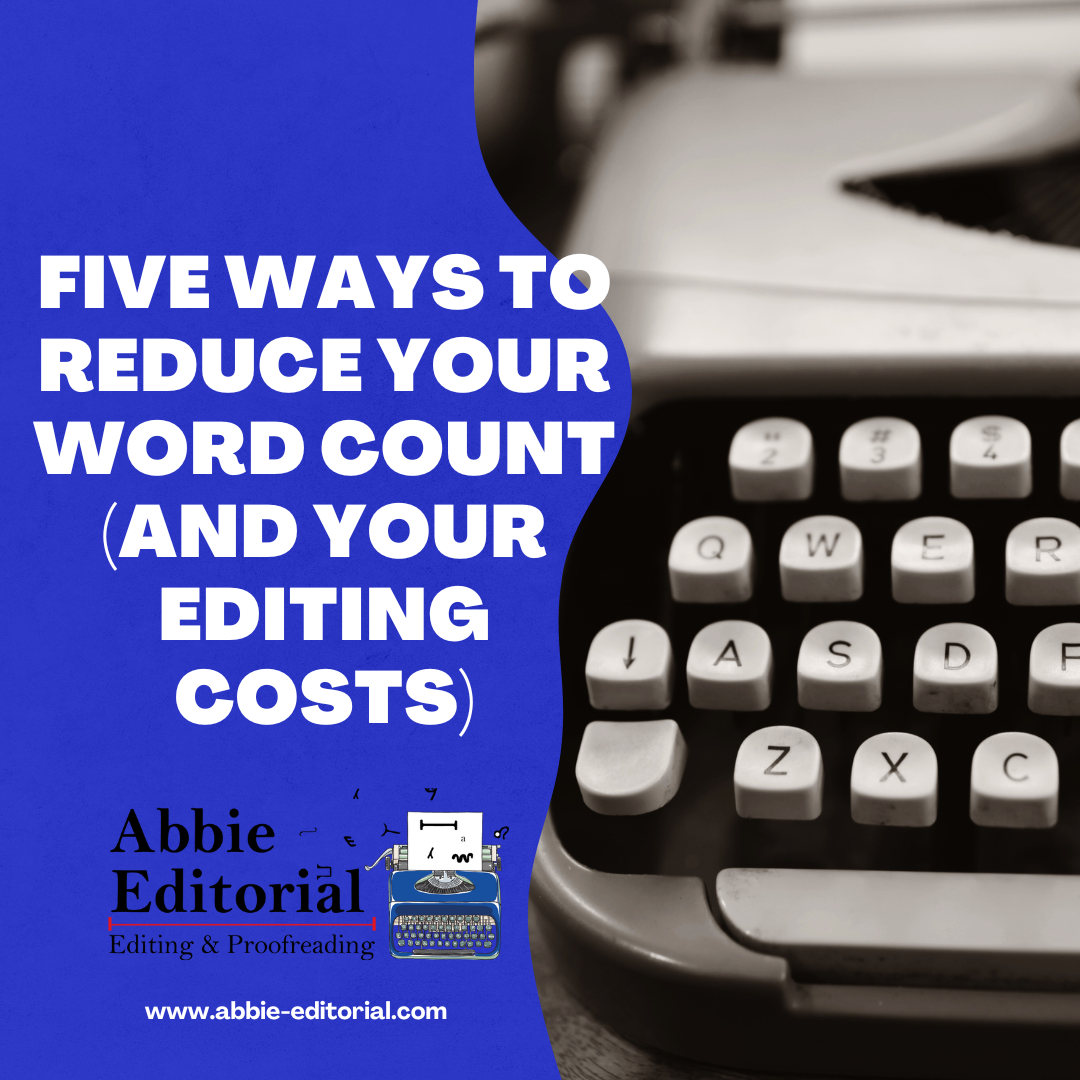What are the different types of editing?

When self-publishing authors approach me for editing, they are often confused about the type they need. I’m always happy to advise, but thought I would put together a blog post explaining each. Having the information before you seek an editor can be helpful as you put your editorial team together.
Manuscript critique/evaluation
This is one of the first steps in the editorial process. The manuscript critique looks at the big picture, advising on plot, structure, characterisation, consistency, etc. Your editor will provide you with written feedback in the form of a report and advise on your next steps. Manuscript critiques don’t include comments or suggested changes within the document.
Developmental/structural editing
Although it’s more in depth than a manuscript critique, the developmental/structural edit also focuses on the big picture elements. As well as the points noted above, this edit looks at themes, point of view, voice, pacing, flow, dialogue and consider genre. As well as an editorial report, the developmental/structural edit also includes comments via Track Changes within your manuscript.
However, manuscript critiques and developmental/structural edits don’t include any rewriting or changes. Suggestions will be made but not directly. It is up to you to decide how you implement those suggestions.
Manuscript critiques and developmental editing CANNOT replace line editing, copyediting and proofreading. That’s because at this level, the editor is not looking at word choice or grammar.
Line editing
As it says on the tin, line editing is the edit of each line. The goal is to ensure your message comes through clearly in each sentence. A line editor will examine your word choices and make suggestions without altering your voice. Your manuscript will be marked-up using Track Changes.
Copyediting
Copyediting is the process of correcting a piece of copy. It examines spelling and grammar; sentence flow and word order; reduces repetition and crutch words; ensures consistency of timeline, plot and characters, and consistency of word and punctuation choices; fact-checking where appropriate; and checks formatting and layout. All suggestions will appear throughout the manuscript via Track Changes. Your copyeditor will also put together a style sheet that will aid you and your proofreader.
Proofreading
The proofread is the final step in the editorial process. If the copyedit corrects the author, the proofreader corrects the copyeditor. Many authors are tempted to skip one of these levels of editing, but I would argue that both are absolutely essential. When two people are using Track Changes and altering a manuscript, I guarantee that errors will slip through. Also, with everything the copyeditor has to concentrate on, rogue typos are bound to slip through (good copyeditors and proofreaders catch around 95% of errors).
For a more detailed blog post on the differences between copyediting and proofreading click here.
I hope this helps you understand the editorial process. I offer manuscript critiques, developmental/structural editing, copyediting and proofreading. I am always happy to discuss the most appropriate way forward with prospective clients, so don’t hesitate to get in touch via the contact page if you want advice on how to proceed with your future novel.










